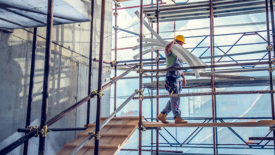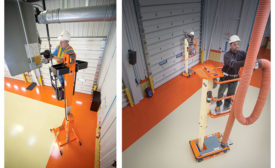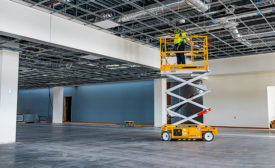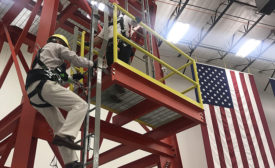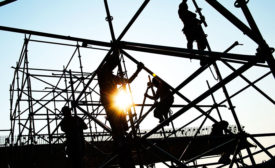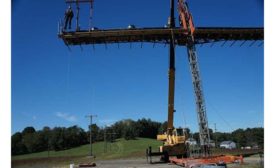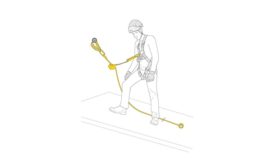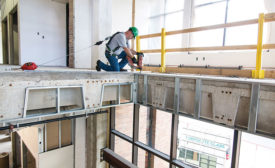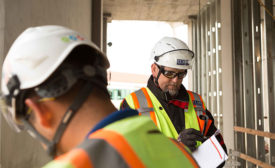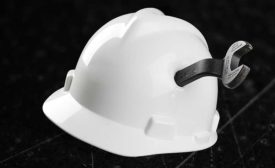Home » Keywords: » height risks
Items Tagged with 'height risks'
ARTICLES
No. 5 in the Top 10 most frequently penalized OSHA standards for FY 2022
Read More
2020 Top Standards: ANSI/ISEA
ANSI/ISEA 121- Dropped Object Prevention Solutions
December 20, 2019
Update training on OSHA’s new fall protection rules
Focus on walking surfaces and fixed ladders
September 26, 2018
One fall can be traumatizing- and costly
10,000 construction workers sustain fall injuries annually
November 8, 2017
Risk solutions for work at heights & dropped objects
Why allow anything to fall?
July 18, 2017
Never miss the latest news and trends driving the safety industry
eNewsletter | Website | eMagazine
JOIN TODAYCopyright ©2024. All Rights Reserved BNP Media.
Design, CMS, Hosting & Web Development :: ePublishing
